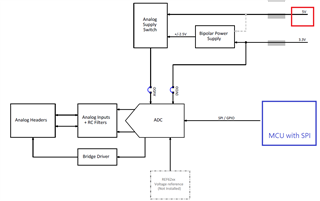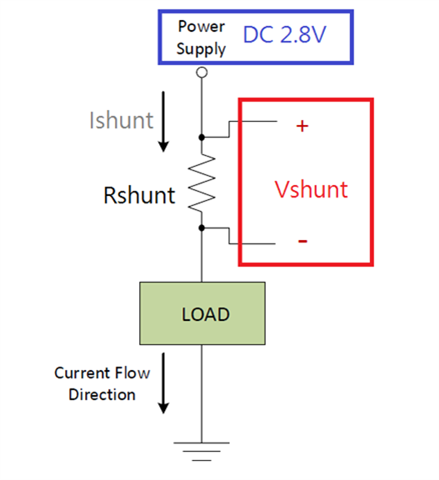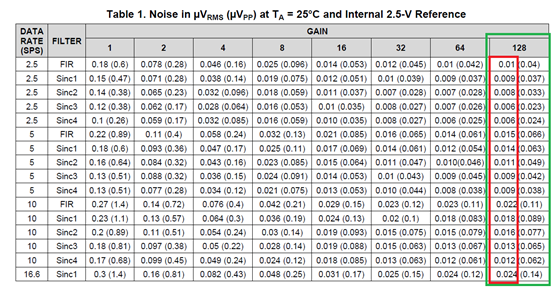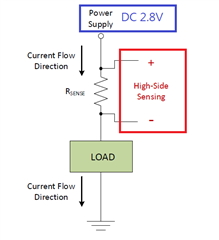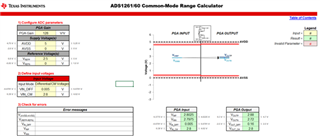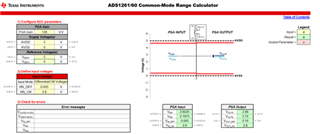Other Parts Discussed in Thread: ADS1260, , ADS1235, ADS125H01, ADS1261, REF6025
Hello,
I would like to design a solution that can measure uA current measurement solution.
Here's the specification:
1. Measure 0~50mA current.
2. We only use one shunt resistor to measure the current.
3. The current shunt resistor will be 100mohm ~ 1 ohm_R1210. ( It's ok to get larger value of the shunt resistor.)
4. The resolution we expect is 1uA.
5. High-Side Sensing and the Power Supply will be 2.8V.
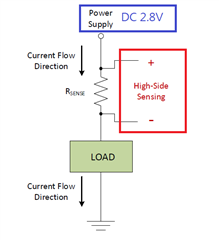
→ I've got the suggestion of ADS1260 and read the datasheet of ADS126x and ADS1261EVM.
Here's some questions:
- Is it ok to pick the shunt resistor of 100mohm ~ 1 ohm_R1210 or other suggestion?
- From 2., after pick the right risistor , what the schematic it will be? Is its enough of using the SBAU293A -ADS1261 and ADS1235 Evaluation Module_P24~P31 for reference design or other suggestion?
